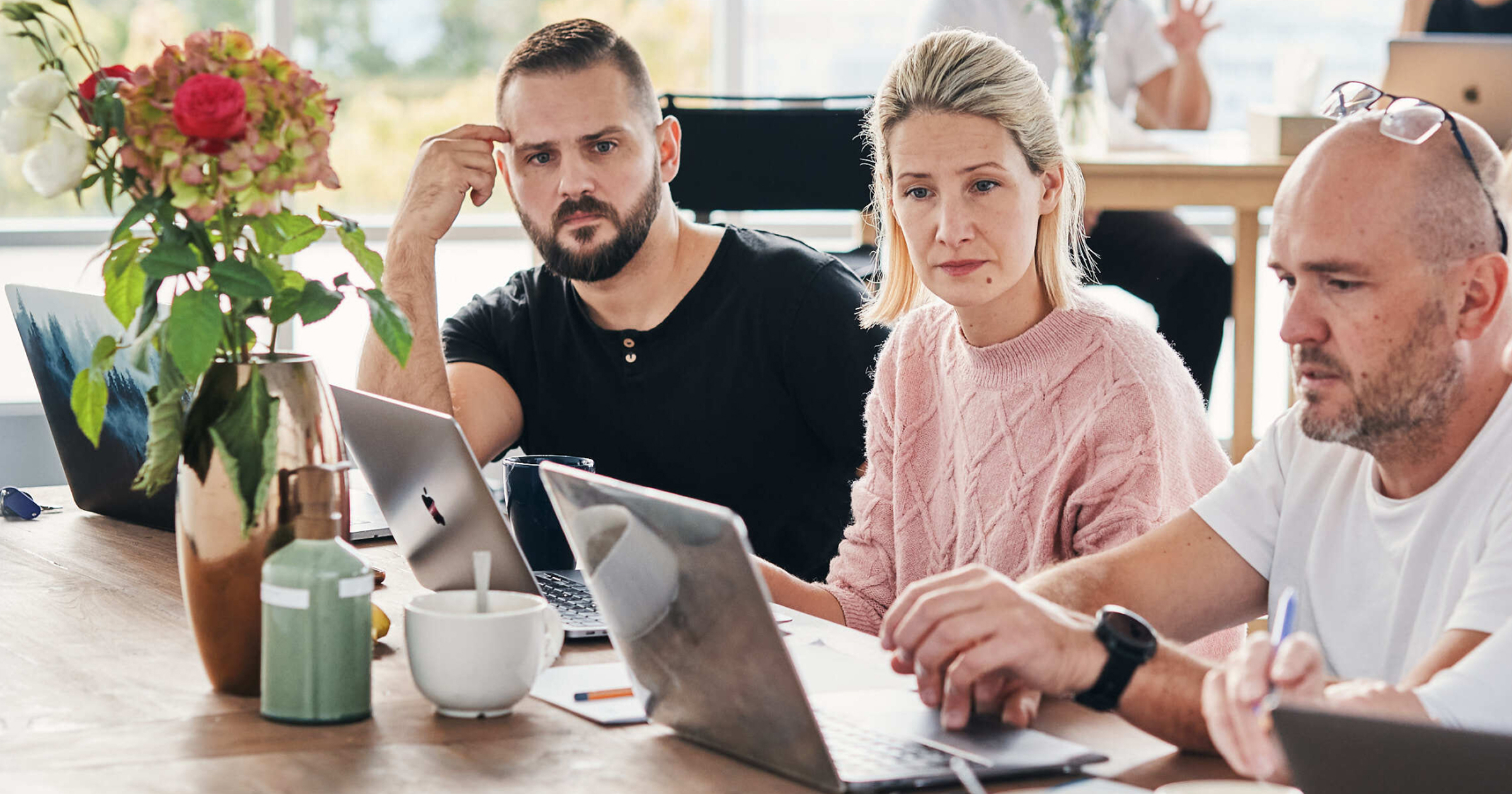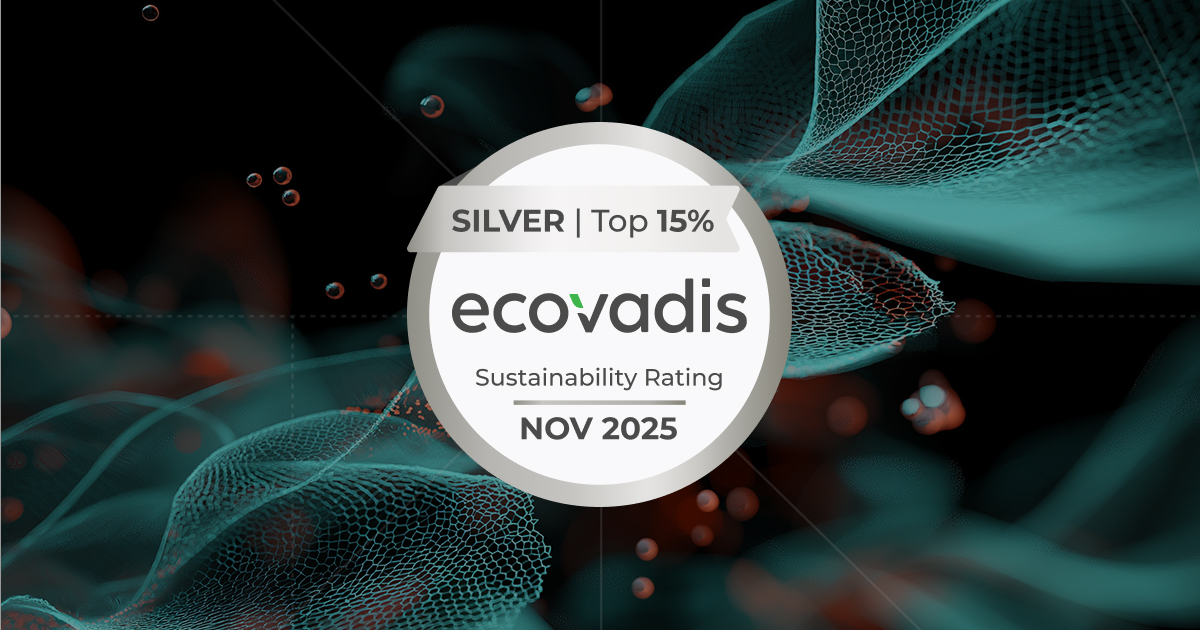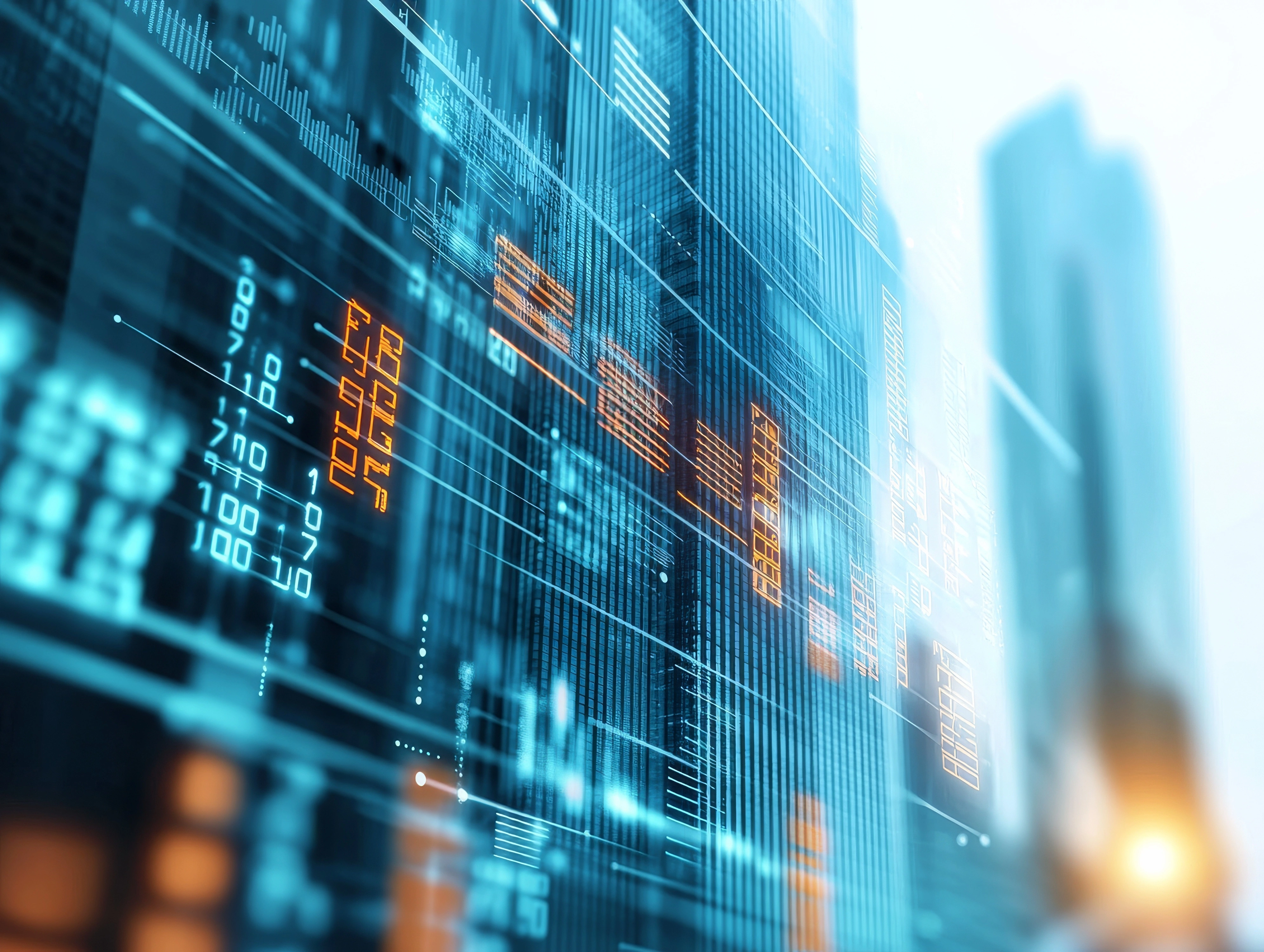With energy rationing imminent, photovoltaics can help Europe overcome energy shortages
Photovoltaics are on the rise — at Creative Dock, we know that firsthand. Learning to save energy and using alternative energy sources independent of the political situation are the main ways to reduce Europe’s dependence on fossil fuels. Are energy shortages a real threat? Experts certainly say so. “If gas imports from Russia are stopped, energy will be rationed,” Jiri Gavor, head of the ANDE (Czech Association of Independent Energy Suppliers), told the media.


You may be thinking that things will calm down in some time and the media might be unnecessarily dramatizing the situation. But the reality is that regardless of how the war in Ukraine develops, energy prices on the markets are already so high for various reasons that a shortage is likely to occur anyway. As energy is bought in advance, suppliers still have reserves from previous years when prices were actually extremely low compared to today. As Jiri Gavor points out, “Now they are buying at prices that are incomparably higher. I don’t come bearing any good news for the second half of 2022, rather the opposite.” In other words, the price escalation is just getting started.
Is energy rationing a thing of the past?
Europeans haven’t experienced rationing for decades, but in China, for example, power shortages are still a common occurrence. Last year, local production was threatened to the extent that the problems were felt on a global scale. And the southern parts of China were indeed forced to begin rationing electricity. Authorities warn that the situation could last until the end of 2022. All that in a country where industrial production is always the number-one priority.
Does the China example seem too culturally distant? This year, the authorities in California have again called for water savings. New rules are expected to go into such details as the length of showers and the use of dishwasher. California Governor Gavin Newsom even said that if people do not restrict consumption, the local government will impose bans that will only allow the use of water for drinking and personal hygiene.
Even in Europe, people are already familiar with bans on watering gardens or filling swimming pools, punishable by fines. And energy experts warn that similar restrictions can easily come into play in terms of power savings.
How would power rationing work?
The current thinking of most European governments is that the drive to maximize savings could be combined with an incentive effect. Cheaper, government-subsidized energy would simply be limited to a fraction of consumption — essentially along the lines of California’s considerations to limit water use for consumption and hygiene. Similarly, a state-guaranteed minimum necessary volume of more affordable electricity could be set. Everything on top of that would be paid for by the consumer at the current market rate.
In essence, it would be a modern form of rationing, which Europe last saw after World War 2. It would be a kind of “energy voucher”, taking advantage of the psychological effect of trying to save money. “The rebate would be limited to a certain volume of energy or gas, beyond which a higher market price would apply,” experts consider. The whole process of making it a reality is said to take about three months. And by the way — it has already begun.
What do we need oil for, anyway?
The idea that oil is fuel, so if you don’t have a car you don’t really need to care about its price, is unfortunately completely wrong. Aside from the obvious fact that rising transport costs are reflected in pretty much anything we buy, oil is the basic raw material for a huge range of other consumer goods. Here’s an example.
On average, a barrel of oil (160 liters) is needed to produce :
- 73 l of gasoline
- 36 l of Diesel
- 20 l of kerosene (aviation fuel)
- 39 l of plastic goods and pharmaceuticals
- 2 l of asphalt
But although we say that oil is not just about fuel, it is important to note that we will fundamentally reduce our dependence on oil imports by saving primarily on internal combustion engines of all types. Two-thirds of every barrel are burned in those.
What’s the problem with gas?
If we subtract the tremendously non-ecological burning of coal, the remaining nuclear power plants, and some tens of percent of renewable energy, Europeans depend on Russian gas for basically everything else in terms of energy besides oil. In addition to heating with gas, we also use it to generate electricity. And the reality is that Gazprom recently reduced the flow of gas through Nord Stream 1 and several countries are already cut off completely by Russia.
In addition, there has been a huge explosion in the natural gas storage facility (LNG) in Texas, from where liquefied gas is also shipped to Europe. So plans to use it quickly instead of gas from Russia have also failed.
Is an energy blackout really imminent?
According to Bloomberg, the German government simulated a massive gas shortage in 2018. The consequences were staggering. Some hospitals, nursing homes, and even prisons had to be closed. Livestock was left to ruin. Hundreds of thousands of people lost their jobs and a rationing system had to be imposed on household consumption. It was a simulation of a state of war at the time, but energy experts say it isn’t far from our current reality. Without gas, the economy would have to be fundamentally dampened and production curtailed. There wouldn’t be enough energy, or it would be so costly that it would no longer be worth producing. No one would buy products that expensive. In short, there would be a risk of a full-scale energy blackout.
Photovoltaics = a way to self-sufficiency
“Every kilowatt hour saved helps.” The words of Robert Habeck, Germany’s Minister of Economic Affairs and Climate Action, now ring true for the whole Europe. In the effort to save energy and find functional alternative power sources, solar is usually the easiest way to go for your average citizen of Europe as well as European SMEs. A photovoltaic power plant, a battery backup, a heat pump, an electric car or electric scooter, and other similar devices are no longer a science fiction fantasy. Especially with state subsidies introduced in the EU to make the installation of photovoltaics and other connected devices accessible for many.
At Creative Dock, we are constantly looking for ways to build sustainable business models, which include simplifying and digitizing the way green energy is produced, distributed, and implemented. Head to our sustainability-themed website to find out more about our ideas and ongoing projects — from helping Czech apartment buildings go solar and become partly self-sufficient via the Domy sobe service to supporting the whole country of Switzerland in its renewable energy transition.



.webp)










%20(1).jpg)































































